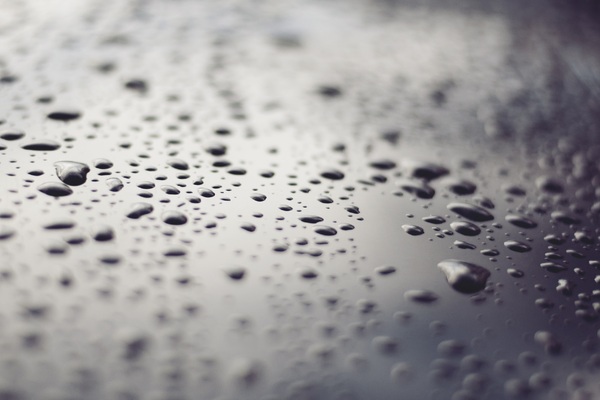What IP rating for dust and water resistance means
James Delahunty
9 Dec 2022 6:35

When browsing mobile phones, headphones, Bluetooth speakers, etc. a device's IP classification is often mentioned. This refers to the devices waterproof and dust-resistance rating. There are a large number of IP classifications however, and most people don't know much about them. Here, we take a look at what the numbers mean.
A typical mobile phone IP rating can be, for example, IP68. Correspondingly, you often see IP57 rating in headphones. This is actually two separate numbers: the first number means dust resistance the second number means water resistance. The higher the number, the better!
The tests are carried out in official laboratory conditions and an official, approved IP classification is given to the device after the tests are concluded.
The first number of the IP classification, dust resistance, is defined as follows:
| Number | What does it mean? |
|---|---|
| 0 | No protection against dust at all. |
| 1 | Protection against objects up to 5 cm in size, i.e. particles larger than five centimeters cannot enter the device's structures. |
| 2 | Protection against 12.5 mm particles. That is, objects larger than a good centimeter cannot enter the device's structures. |
| 3 | Protection against 2.5 mm particles. Small, but clearly visible, quarter-centimeter-sized particles cannot enter the device's structures. |
| 4 | Protection against 1 mm particles. Pieces with a diameter of a millimeter - and pieces larger than that - cannot enter the device's structures. |
| 5 | Protected from dust. In practice, no dust gets inside the device to the extent that it would hinder the operation of the device. Dust accumulations may occur. |
| 6 | Perfectly protected against dust. Dustproof. |
As you can see from the list, the first number of the IP classification has no meaning with, for example, mobile phones or headphones, if the number is worse than 5. Numbers smaller than that are mainly used to measure the dust tightness of industrial production equipment.
Watertightness, on the other hand, is defined as follows:
| Number | What does it mean? |
|---|---|
| 0 | No protection against water at all. |
| 1 | Drip protection. If water drips vertically onto the device, it can withstand that water. The duration of the test is 10 minutes and it is tested in such a way that the device is on a rotating platform, where drips on the device once per minute. Corresponds to 1 mm of precipitation. |
| 2 | Drip protection. Protected from dripping water, when the device is at an angle of 15 degrees. Dripping water is exposed to the device for 2.5 minutes. This is equivalent to water resistance of 3 mm in rain. |
| 3 | Withstands a water jet. The device is turned at an angle of 60 degrees and water is sprayed on it with light pressure. |
| 4 | Protected against splashes. The device is tested by turning it into different positions while the water jet hits the device. The device is sprayed with water from a distance of 3 meters at a pressure of 30 kPa, 12.5 liters per minute, and the test lasts at least 3 minutes. The device should still work after the tests. |
| 6 | Protected against strong water jets. The test lasts 3 minutes, during which time water is sprayed into the device at 100 liters per minute from a distance of 3 meters, at a pressure of 100 kPa. |
| 6K | Protected against very strong water jets. The test is the same as the IPX6 test, but the water pressure is 1000 kPa and the water volume is 75 liters per minute. |
| 7 | Withstands immersion in water. In the test, the device is immersed in a meter deep water for 30 minutes. |
| 8 | Can withstand longer immersion in water. This classification is agreed together with the device manufacturer, so the conditions of the test are usually also presented in connection with the IPX8 classification. Typically, the test is done in 3 meters deep water and the duration of immersion is agreed with the device manufacturer. The device should work normally after the test. |
| 9K | Withstands strong, very hot water jets. In the test, water with a temperature of 80°C is sprayed into the device with very high pressure. |
As you can see from the table above, the most important water resistance ratings for headphones and mobile phones are 4-8. The highest, 9K level test is rarely used in consumer electronics, and correspondingly, the smallest water resistance protections according to the IP classification are mainly suitable for devices intended for outdoor use.
For example, IP68 means that the device is completely dustproof and can withstand immersion in water deeper than a meter. This classification can be found in several mobile phones. Similarly, the IPX7 classification is often used in headphones , which means that the device has not been tested for dust resistance, but it can withstand being immersed in a meter deep water for 30 minutes.
Written by Petteri Pyyny for fin.afterdawn.com, and translated by James Delahunty.